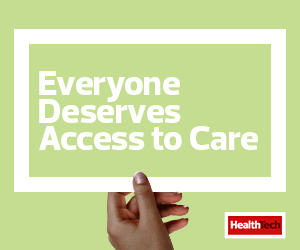FACT: Interoperability Is Getting Better
Seasoned healthcare IT professionals know that medical system vendors have been promising interoperability among tools and products for years — and have rarely delivered. The rise in consumer acceptance of technology has shifted the playing field, and interoperability of electronic medical records is finally getting serious traction in the otherwise fragmented U.S. healthcare environment.
Key to this change are the 21st Century Cures Act and the U.S. Department of Health and Human Services’ recently finalized rules that focus on the patient rather than the provider for information sharing. This leaves providers and payers in a difficult situation: Deadlines are looming, yet healthcare systems on legacy hardware and operating systems are holding them back from supporting the interoperability and controls required.
RELATED: Will the FHIR standard revolutionize healthcare interoperability?
IT teams have been asking for replacements for older, difficult-to-maintain systems. The push for interoperability among products is going to prioritize those requests as administrators see the gap between what is expected and what is possible with current software.
IT teams should start to educate themselves about new standards and interoperability tools. For example, the venerable Health Level 7 standard has morphed through multiple generations to Fast Healthcare Interoperability Resources. Imaging systems universally tout support for Digital Imaging and Communications in Medicine, but DICOM now has 22 parts, which means that every product implements a different subset of the bigger picture.
Understanding these standards, how they will support interoperability and what additional tools are needed to glue different systems together is a key job skill for healthcare IT.
FALLACY: It’s All About Doctors and Hospitals
Most of the developments in IT and technology over the past 30 years have focused on high-volume, patient-facing scenarios: radiological imaging, delivering lab results, accuracy in prescribing medications and, of course, billing. Because that’s where the action is, it’s easy for healthcare IT teams to ignore the low-volume scenarios before and after a clinical visit.
Yet, technology is pushing out beyond hospital walls, and healthcare IT teams need to look outside of their local environments to keep up with a newer, more holistic view of healthcare.
For example, public health researchers have been using real-time analysis of social media networks, such as Twitter and Instagram, and search engines like Google to monitor and predict the spread of infectious diseases. Though that data isn’t well localized, it can deliver more information about what’s happening and what clinicians and hospitals will be seeing in the coming days and weeks.
Smart healthcare IT teams are looking at these different uses of technology to think about how extra-clinical information can be integrated into their own systems and processes.
Click the banner below for HealthTech content on virtual care strategies.













